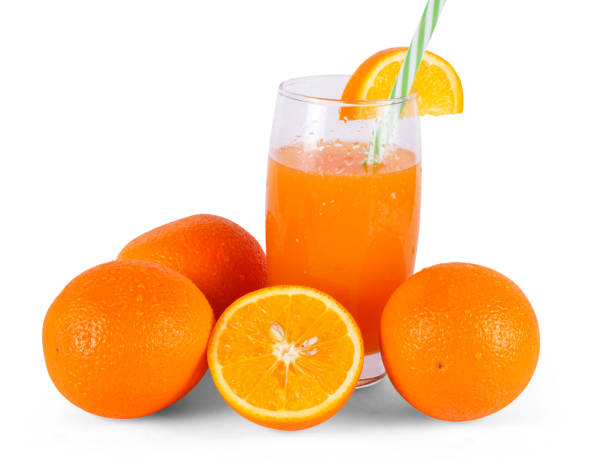The term “upcycling” is a relatively new way to describe the ancient concept of using food by-products or low-value foods in order to create new products. This concept is well-known for its sausages, which are made with meat scraps, and jams or jelly made from overripe fruits. This waste was often sent to the compost or used for animal feed.
Soon, you may see products labeled with a certification program. Upcycled Food Association
The Upcycled Food Association identifies upcycled food as foods that use ingredients that would otherwise not be consumed by humans, are produced and procured using verifiable supply chains, and have an impact on the environment. A formal definition could allow manufacturers to target a specific audience and encourage consumers to consider upcycled items. In 2021, the Association introduced a new Upcycled Certification Standard. You may soon see an upcycled label at the supermarket.
This new trend could be a solution to the problem of food waste. We’ve worked as economic and food engineers with food companies to reduce waste and find markets. This is how upcycling works.
Food waste is massive.
More than a third of the current global food production is lost or wasted between farms and garbage cans. The “losses” of food can be attributed to poor handling and storage conditions at the farm or during the distribution process. Food “waste” is often the result of limited shelf-life in retail stores or by consumers who don’t use perishable foods before they spoil.
The loss of highly perishable crops such as fruits, vegetables, and leafy greens is estimated to exceed 20% each year, and certain tropical fruits and lush greens are estimated to be at or above 40%. Food loss and waste estimates in the U.S. have been between US$200 billion and $300 billion over the past few years. The World Trade Organization and the U.N. Food and Agriculture Organization both place greater emphasis on preventing hunger by minimizing food losses and waste.
Food waste is not only costly, but it also has an impact on the environment. According to FAO, about 8 percent of global greenhouse gas emissions are attributed to food waste and loss. Landfills emit greenhouse gases. According to recent estimates by the U.S. Environmental Protection Agency, food waste makes up more than half of the landfill volume.
When food is wasted, it also wastes all the natural resources that were used to produce it, such as water, land, and energy.
Peels, shells, and ingredients that are past their prime
The food industry understands this fact. Finding markets for products that would otherwise be wasted makes economic sense. Even though the majority of food waste is currently used as animal feed or thrown out, it contains nutritionally valuable components. Current laws mandate that animal feed be treated in the same way as human food. This means many waste streams have already been handled with sanitary practices and are safe to consume.
Upcycled ingredients can be used in snack bars and breakfast cereals. Milan Markovic/E+ via Getty Images
Currently, there are a number of upcycled products that are economically viable. Fruit pomace, the fibrous bits that are left over after the production of fruit juices, is used to enhance the nutritional value and flavor of snacks. Breakfast cereals are enriched with vitamins, minerals, and fiber by adding wheat middlings (all the leftovers after milling). Health bars and protein drinks are boosted with whey protein, a by-product of cheese production.
It’s possible to make flour from pulp wastes produced during the production of almond and soybean milk. This flour is then sold as upcycled flour or baking mix. Craft beer is made from surplus unsold bread. One group collects second-tier products and distributes them before they go bad. Some examples are pecan shell powder, dried vegetable peels for soups, and powders from fruit and vegetable waste that can be added to beverages and snack bars.
We’ve worked with our colleagues at the Robert M. Kerr Food and Agricultural Products Center of Oklahoma State on a variety of products that could be considered “upcycled food.”
Researchers at our facility may identify waste streams with untapped potential, or an entrepreneur with a product concept may come up with new ideas for upcycled products. Interdisciplinary teams at this facility brainstorm ideas, develop experimental prototypes, and then conduct sensory evaluations to determine the appearance, taste, smell, or texture of potential new products.
A recent example of this is the creation of a new snack from the solid waste produced by the beer-brewing industries, brewer’s wasted grain. Kpomo is another current project. This food, which is also known as Ponmo in Nigeria, where it has been traditionally popular, is made of beef hides that have been cleaned and pre-cooked.
Consumer acceptance of any food product is largely determined by taste, convenience, and price. Food processors must continue to create new products from waste materials in order to remain profitable. Research has shown that the term “upcycled” as a proxy of environmental sustainability on a product label resonates with millennials and makes them more likely to purchase these products. The “upcycled foods” are waiting for your dollars right now.



